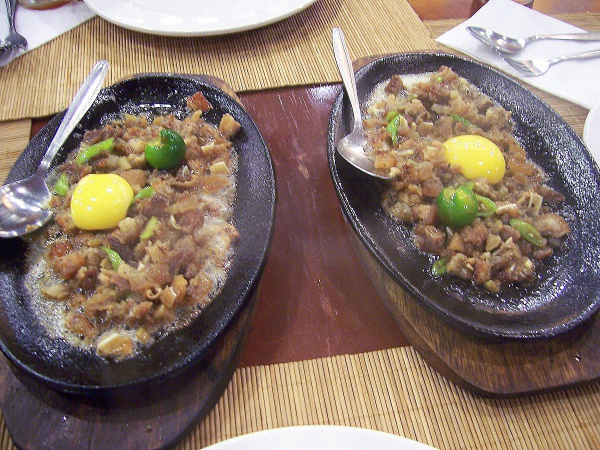Facts About Sisig
Sisig, a cherished dish from the Kapampangan region of the Philippines, is a flavorful medley made from pig head parts and chicken liver, seasoned with calamansi, onions, and chili peppers. Its origins trace back to the 17th century, when it was initially described as a sour snack or salad. Over the years, sisig has evolved from fruit-based concoctions to the meaty delight we savor today.
The modern version of sisig owes much to Lucia Cunanan, affectionately known as "Aling Lucing." She popularized the technique of grilling pig's ears and cheeks, giving the dish its distinctive flavor. Recognizing its cultural significance, the city government of Angeles, Pampanga, has even declared Pork Sisig an intangible heritage of the city.
Preparing sisig is a true culinary adventure. It starts with boiling, broiling, and grilling parts of the pig's head. These are then chopped up and served sizzling hot with onions on a platter. Some variations include adding chicken liver, eggs, chicharrón (crispy pork skin), and even mayonnaise. However, purists often prefer sticking to the traditional recipe.
Every year, Angeles, Pampanga, hosts an annual "Sisig Festival" to honor this iconic dish. The festival includes a competition where chefs showcase their sisig-making prowess. Although the festival took a brief hiatus after Aling Lucing's passing, it has since been revived and integrated into other culinary celebrations like the Sisig Fiesta.
Sisig is more than just a dish; it is a symbol of Kapampangan cuisine and culture. Its rich history continues to inspire chefs to experiment with new ingredients, leading to variations like chicken, squid, tuna, and even tofu sisig. This evolution ensures that sisig remains a dynamic and cherished part of Filipino gastronomy.
